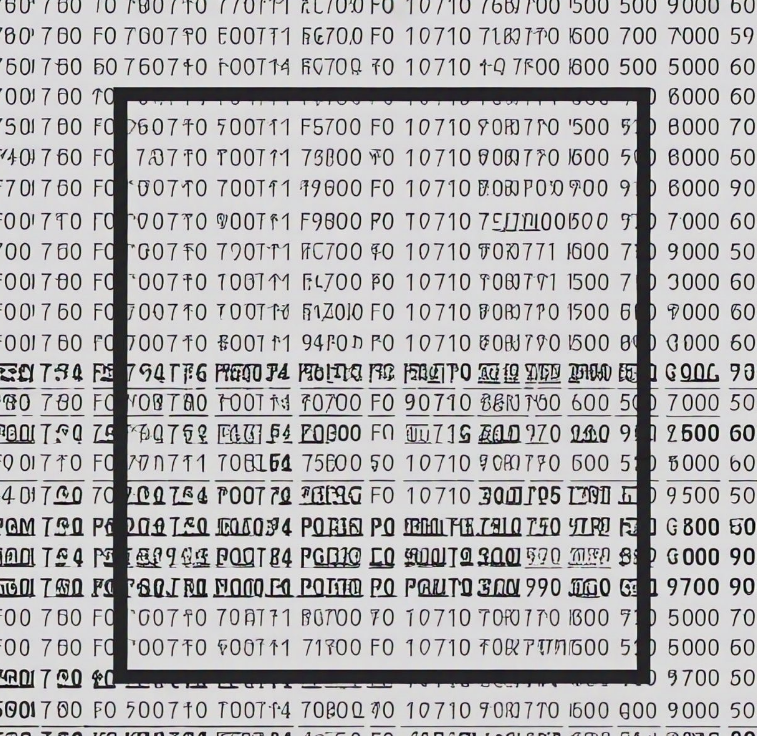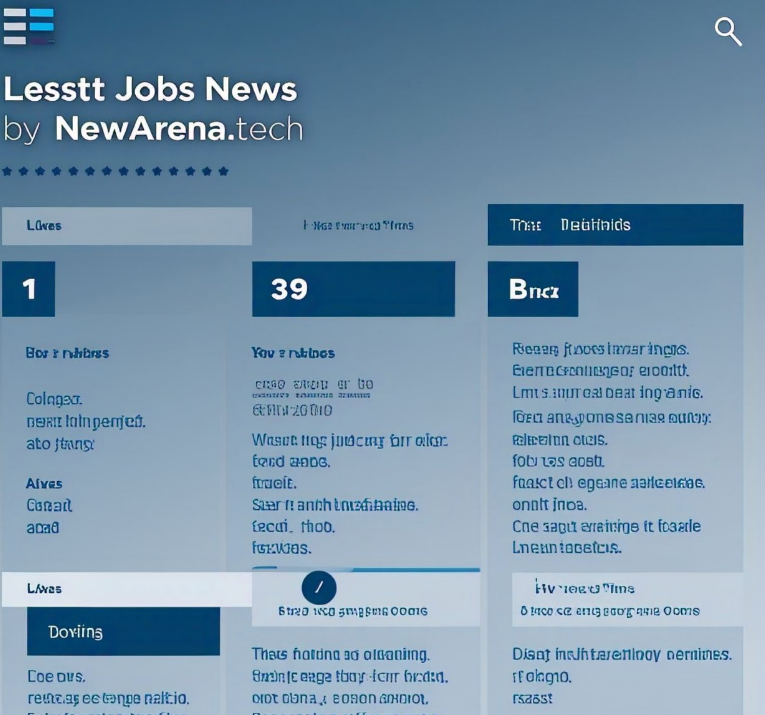264.68.111.161 IP Address Explained: Validity, Risks, and Technical Insights
When it comes to the sector of networking, IP addresses function the spine of all virtual communique. One such cope with that has sparked curiosity is 264.68.111.161. However, in case you’ve come across this IP and determined it perplexing or suspicious, you’re not on my own. This IP cope with isn’t always a standard or legitimate IPv4 deal with in line with current internet protocols, and that makes it interesting. In this newsletter, we’ll get to the bottom of what makes this IP unusual, why it might show up for your logs, and the way it suits into the broader dialogue of cyber hygiene, net protocol rules, and viable misconfigurations. Through an in-depth take a look at the use instances, heritage, and technical specifications surrounding such IPs, we goal to offer readability, context, and cautionary advice to customers, developers, and cybersecurity professionals alike.
264.68.111.161 a Valid IPv4 Address?
The maximum immediate observation approximately 264.Sixty eight.111.161 is that it falls out of doors the valid range for IPv4 addresses. An IPv4 address consists of four octets, every starting from 0 to 255. The first octet in this situation, 264, exceeds the top limit, which automatically flags this IP as invalid or misconfigured. This anomaly often seems in server logs, firewall entries, or even in suspicious tracking codes, and can symbolize either a typographical blunders, an try to spoof records, or software program attempting to masks its identification. Understanding the fundamentals of IP shape allows illustrate why this address need to enhance red flags for any IT administrator or informal consumer reviewing their device’s logs.
Possible Causes for Seeing 264.68.111.161 in Logs
While 264.Sixty eight.111.161 isn’t always a legitimate IP, it frequently shows up for diverse motives. One common purpose is human errors—developers or customers might also have typed an incorrect IP for testing or configuration. Another opportunity is a bug in software program or equipment that generate synthetic addresses for simulation functions. In darker eventualities, such IPs are on occasion utilized in attempts to masks the identification of a real cope with, thereby puzzling structures that depend on correct data for blocking off, filtering, or logging. Additionally, DNS misconfigurations or proxies may generate such addresses in debugging output. Thus, its presence have to be treated with analytical warning, in particular in company or production-level infrastructure.
Security Risks Associated with Invalid IPs
While 264.Sixty eight.111.161 itself can’t be contacted, its appearance may also signal underlying security worries. Cyber attackers and malicious bots every now and then insert invalid IPs to skip filters or confuse systems that do not well validate input. Such conduct should cause log poisoning, in which log facts becomes unreliable or corrupted. Moreover, the usage of malformed IP addresses is a acknowledged tactic in attempting to exploit vulnerabilities within software that parses or stores IP records. If your device or community monitoring device flags 264.68.111.161, it could be profitable to analyze whether other anomalies or patterns endorse broader penetration checking out or illicit scanning interest.
How Systems Should Handle 264.68.111.161
Ideally, well-maintained software and firewalls ought to reject malformed IP addresses like 264.68.111.161 outright. Validation rules can be implemented in each frontend and backend systems to ensure IPs conform to proper patterns. If a system fails to reject or sanitize this data, it may cause mistakes, sudden behaviors, or security lapses. From a networking point of view, such IPs gained’t resolve to actual-global servers, which reduces direct connectivity threats. However, the oblique implications—including weakening agree with in data, complicated analytics, or providing loopholes for exploits—make this a vital subject matter for developers and IT directors. System audits and log opinions should actively clear out these anomalies for correct diagnostics.
IP Addressing Standards and RFC Compliance
IP standards are ruled via legit RFC (Request for Comment) files maintained by using the Internet Engineering Task Force (IETF). These documents specify that all IPv4 addresses have to stay inside a zero–255 octet range, making 264.68.111.161 simply non-compliant. Additionally, newer protocols inclusive of IPv6 have their very own systems and stages, which are completely specific in format. For any IP to be routable or assigned, it should follow those RFCs. The presence of non-popular IPs in gear, reports, or databases usually outcomes from non-compliant structures or old validation exams, which underscores the significance of maintaining networking stacks and APIs up to date with current protocols.
Real-World Scenarios Involving 264.68.111.161
In cybersecurity forensics and danger intelligence, the advent of 264.68.111.161 has once in a while been linked to activities together with simulated attacks, unauthorized bots, or fake region pings in analytics data. Some search engine marketing manipulation equipment and outdated tracking software also inject dummy IPs to obscure identity or site visitors origins. In educational environments, such addresses can be utilized in hypothetical examples for schooling and demonstration purposes. While these makes use of aren’t inherently malicious, the paradox they introduce into tracking systems or compliance audits can make them tricky if now not well flagged and documented. Therefore, staying alert to its look is critical for records integrity and operational transparency.
Best Practices for Monitoring Invalid IPs
Organizations ought to put into effect strong log tracking equipment that hit upon and isolate malformed IP addresses like 264.Sixty eight.111.161. These tools must boost signals while such anomalies are recorded and offer contextual insights to resource in root motive evaluation. Regular community audits, WAF (Web Application Firewall) updates, and IP validation on the software layer are essential in defending towards misuse. Educating builders and analysts on the dangers associated with invalid IP information is similarly important. It’s now not pretty much warding off connectivity troubles—it is also about retaining facts accuracy and retaining consider in your virtual infrastructure’s integrity.
Developers Should Avoid Dummy IPs Like 264.68.111.161

While builders can also use dummy or placeholder IPs all through improvement, the usage of an invalid IP like 264.Sixty eight.111.161 can create confusion and bugs in later degrees. Documentation need to constantly indicate that such entries are non-useful, and applications should now not store them in databases or logs in an effort to be used for analytics or diagnostics. The first-rate exercise is to use documented tiers reserved for inner trying out, which includes 192.Zero.2.Zero/24 or 198.Fifty one.100.Zero/24. Using out-of-range IPs adds to statistics pollution and reduces the accuracy of tools that depend upon IP-based choice-making, such as geolocation, fraud detection, or DDoS protection systems.
Conclusion: What 264.68.111.161 Teaches Us About IP Hygiene
The presence of 264.68.111.161 in any machine highlights the significance of know-how how IP addresses work and why validation is crucial. Although the cope with itself can’t be used for communication, its presence can signal deeper problems starting from terrible facts hygiene to capacity safety threats. Developers, directors, and cybersecurity professionals must stay aware of the risks such anomalies pose and take appropriate action after they floor. From stricter enter validation to better log filtering and developer education, each step helps lessen the uncertainty and inefficiency that invalid IP addresses bring to the virtual atmosphere.
🔹 Key Takeaways About 264.68.111.161 🔹
- Not a valid IPv4 address: Octet “264” exceeds the allowed range.
- May indicate security issues: Could signify spoofing, logging errors, or attack attempts.
- Must be filtered out: Prevent invalid data from polluting logs and analytics.
- Avoid in development: Use officially reserved test ranges instead.
- Highlight of poor validation: Signals need for better IP input control.
Frequently Asked Questions (FAQs)
Q1. Why is 264.68.111.161 considered invalid?
264.68.111.161 is invalid because the first octet “264” exceeds the maximum allowed value of 255 for any IPv4 segment, which violates IP format standards.
Q2. Can invalid IPs like 264.68.111.161 cause security risks?
Yes, invalid IPs can be used to mask malicious activity, bypass filters, or corrupt log data, which poses security and operational risks.
Q3. Should I be worried if I see 264.68.111.161 in my logs?
While it’s not dangerous on its own, its presence may indicate a misconfiguration, bot activity, or data quality issue that warrants review.
Q4. What should developers use instead of 264.68.111.161?
Developers should use IPs from reserved test ranges like 192.0.2.0/24 or 198.51.100.0/24 for safe and standard-compliant simulations.
Q5. How can I block invalid IPs like 264.68.111.161?
You can implement IP validation rules in your server, firewall, and app logic to detect and block invalid IPs before they reach logs or databases.






